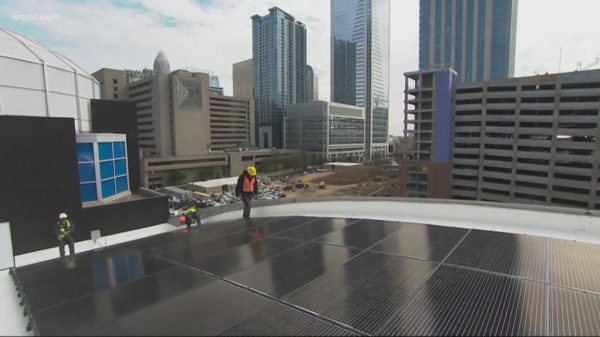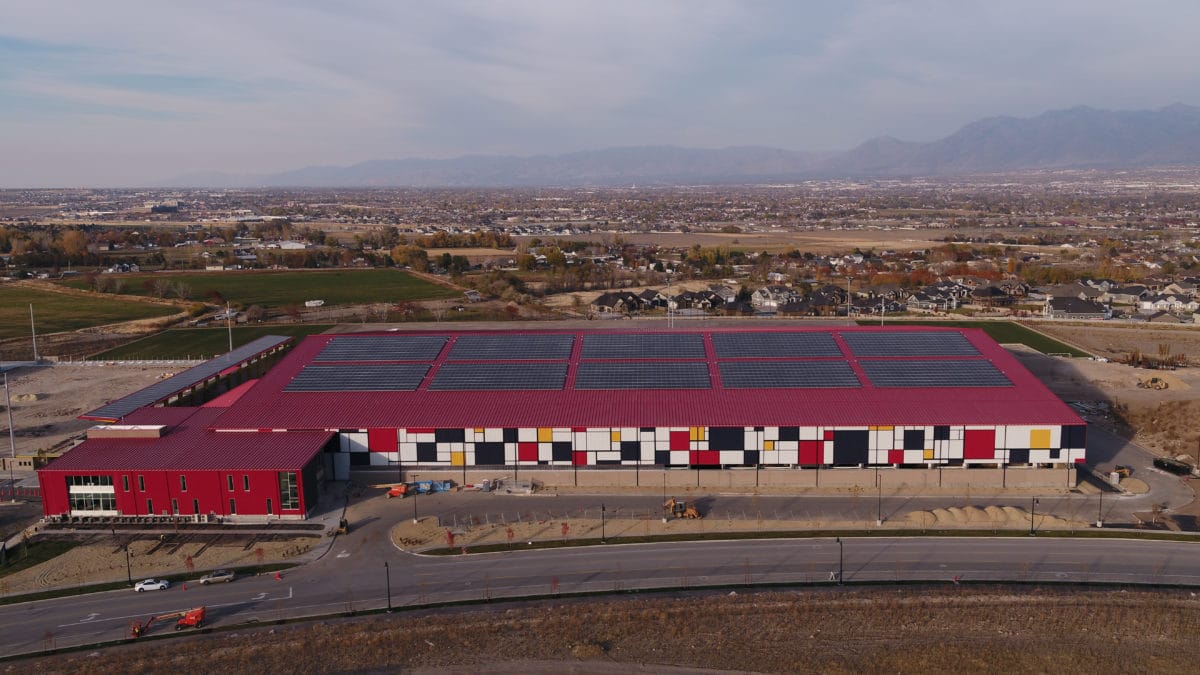PVEL is a test lab for the downstream solar market.
Here are the solar vendors that make it onto the test labs “top performer” list.

Highly automated factories
The ITEK module factory bought by Silfab last year in Bellingham, Washington has an annual capacity of 200 MW. Silfab makes the same mono-PERC modules there as at its factory in Toronto, Ontario — with an emphasis on 60-cell modules.
The company has a total capacity of 800 MW with three lines in in Toronto and two lines in the U.S. That’s modest compared to JA Solar’s 16 GW capacity in China but substantial for silicon PV module capacity in North America.
Geoff Atkins, business development at Silfab, told pv magazine, “We believe we’re one of the most automated solar manufacturers in North America.”
Silfab’s line of metal wrap-through back-contact modules comes as the result of a strategic alliance with DSM, maker of an “integrated” electroconductive backsheet.
Atkins spoke of an international supply chain and operational discipline that minimizes inventory and makes sure every module has an associated purchase order.
“We rarely get caught up in the solar coaster,” said Atkins.
Notable “high-profile commercial projects”
Silfab’s “main business is U.S. residential installers,” said Atkins, but he noted, “We touch on high-profile commercial projects.”
Here are a few of those high-profile projects.
U.S. state department: Twenty Silfab solar panels on the roof of the State Department’s Harry S. Truman building in Washington, DC. — installed by Inman Solar.

NFL Stadiums: Atkins noted that Silfab’s modules are deployed by Powerhome at “most of the NFL stadiums” including the North Carolina Panthers’ Bank of America Stadium (pictured below) and the Cleveland Browns, Detroit Lions, and Pittsburgh Steelers.

Walmart: After Walmart parted ways with Tesla, the global retailer started to deploy Silfab modules (as well as SolarEdge inverters and DCE racking) through C2 Energy Capital on five projects, totaling over 1.9 megawatts across Walmart rooftops in New Jersey.

Atkins said that these PV modules are “Buy American” approved and “specifically designed for and dedicated to the North American market.”
He notes that many companies have tried their hand at manufacturing in North America but, unlike Silfab, most have experienced what Atkins called, “varying levels of success.”
This content is protected by copyright and may not be reused. If you want to cooperate with us and would like to reuse some of our content, please contact: editors@pv-magazine.com.








“Walmart: After Walmart parted ways with Tesla, the global retailer started to deploy Silfab modules (as well as SolarEdge inverters and DCE racking) through C2 Energy Capital on five projects, totaling over 1.9 megawatts across Walmart rooftops in New Jersey.”
At one time when it was known as Solar City, this entity was pushing cheap Trina Solar PV panels in their systems, I know, they sent me a bid for Trina Solar as the panel of “choice” a few years back. (I) chose LG Chem over Trina Solar and another company to install the system for $10K less than Solar City. Although Trina Solar seems to have scored high in the PVEL reliability score card for several years now, at one time their product was not what is “called” ‘A’ rated which also has been called out as “not necessarily a top of the line panel quality component.”